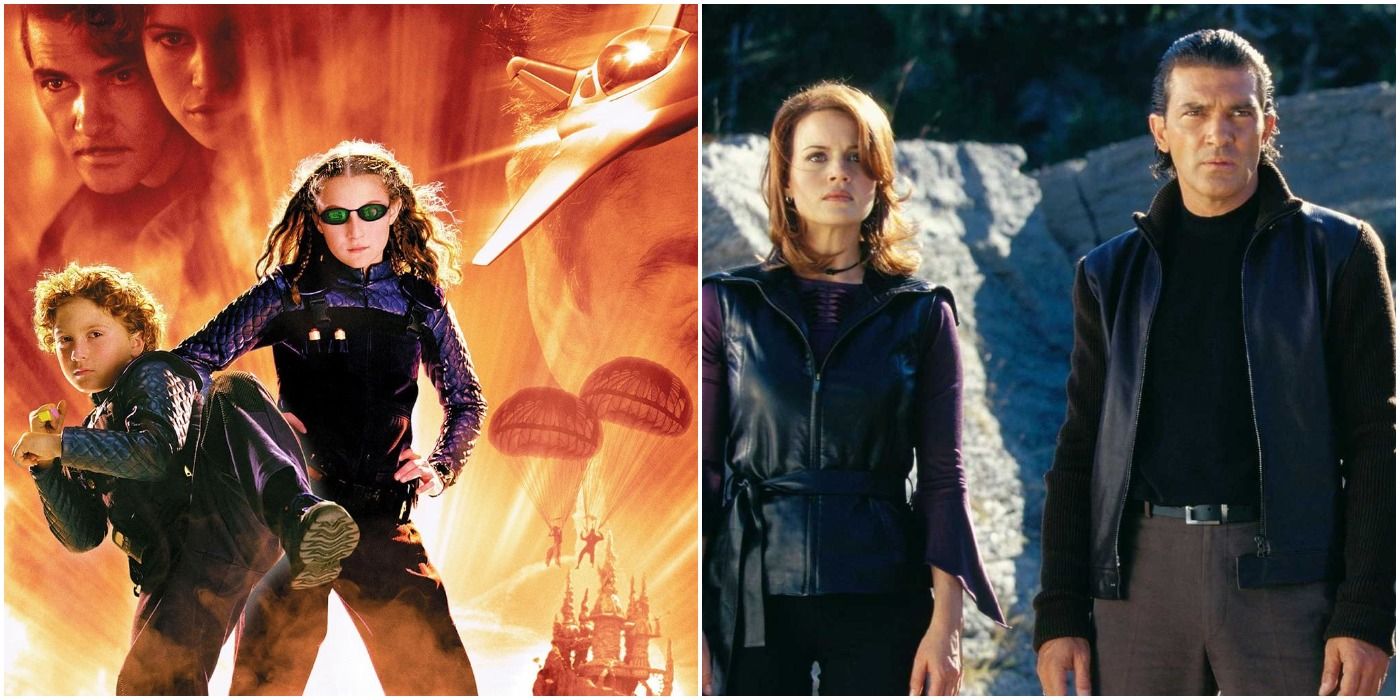
With the exciting news that Robert Rodriguez will be rebooting his Spy Kids film franchise, many fans are revisiting their favorite brother and sister spy team. From the craziest gadgets every kid actually wanted to the strangest villains and their dastardly plots for world domination, Spy Kids has been thrilling audiences since the first film hit theaters in 2001.
RELATED: The 15 Best Spy Espionage Games, According To Metacritic
Since then, the film has spawned three additional sequels, an animated TV show, and a handful of video games. The film series is notable for its numerous cameos and unique use of special effects, but even the most die-hard fans may have missed some memorable hidden details and Easter eggs.
10 Spy Kids Was Influenced By Superspy, James Bond
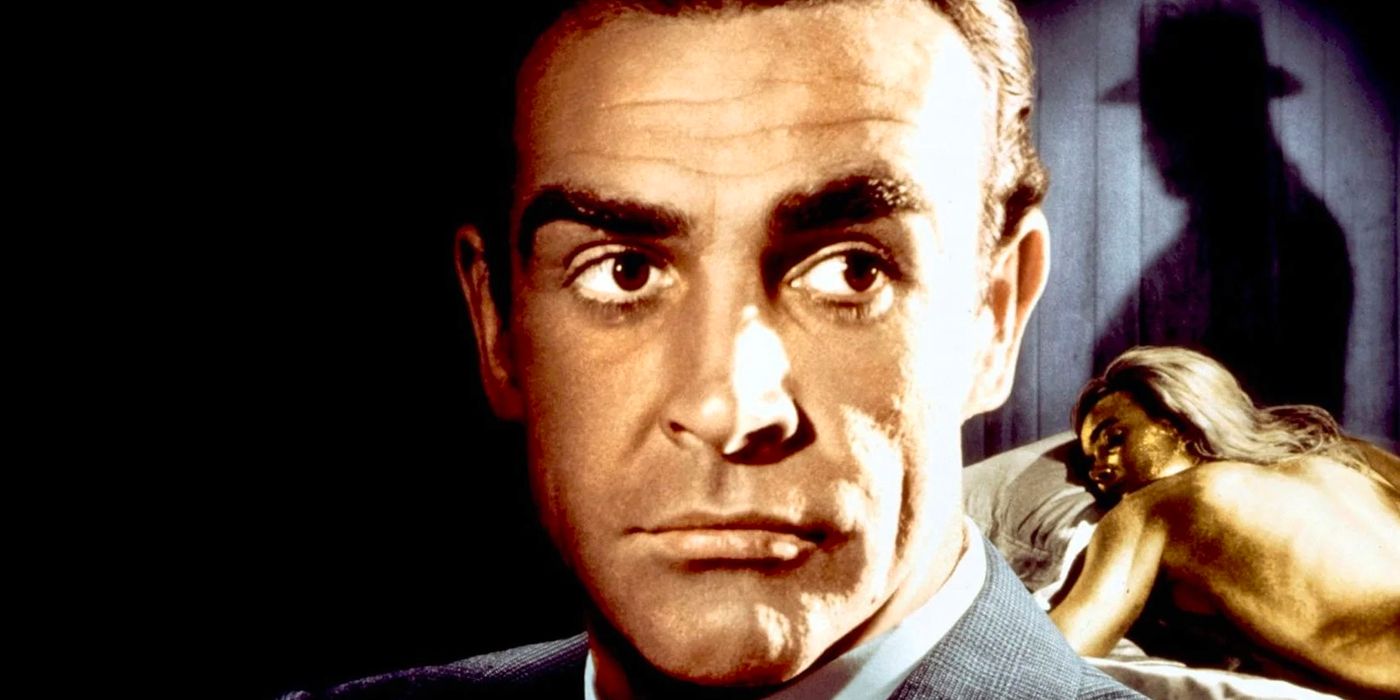
It may come as no surprise to some film junkies that Spy Kids was blatantly influenced by the James Bond film series. From the insane gadgets the kids used to double agents and evil henchmen, Spy Kids made great use of the 007 formula. Although much of the violence and coarse subject matter of the Bond films was toned down when it came to the story for Spy Kids, the overtones were still present. Other influences included Willy Wonka and The Mysterious Island for the first and second films respectively.
9 Gregorio Cortez Was Also The Name Of A Mexican Folk Hero
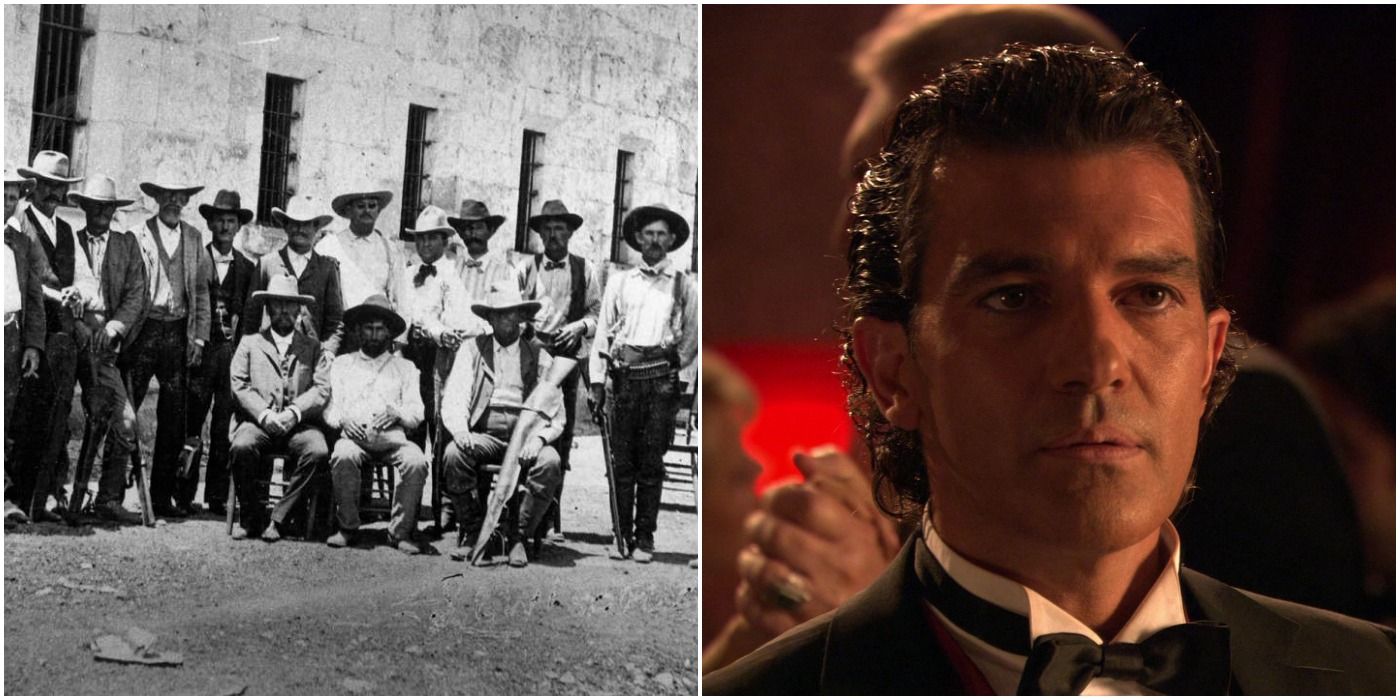
Gregorio Cortez is the name of Carmen and Juni's father, played by the dashing Antonio Banderas. Interestingly enough, the same name also belongs to a highly regarded Mexican folk hero who was famously hunted in the Old West by the Texas Rangers for the death of a Sheriff along the Texas border. Roughly 300 men tracked Cortez for about 500 miles before he was finally captured, although he was released via pardon due to his actions being in self-defense. His plight made him a hero to many living along the border and he even had ballads written that venerated him as a hero against the local law enforcement.
8 OSS Was A Real Spy Agency
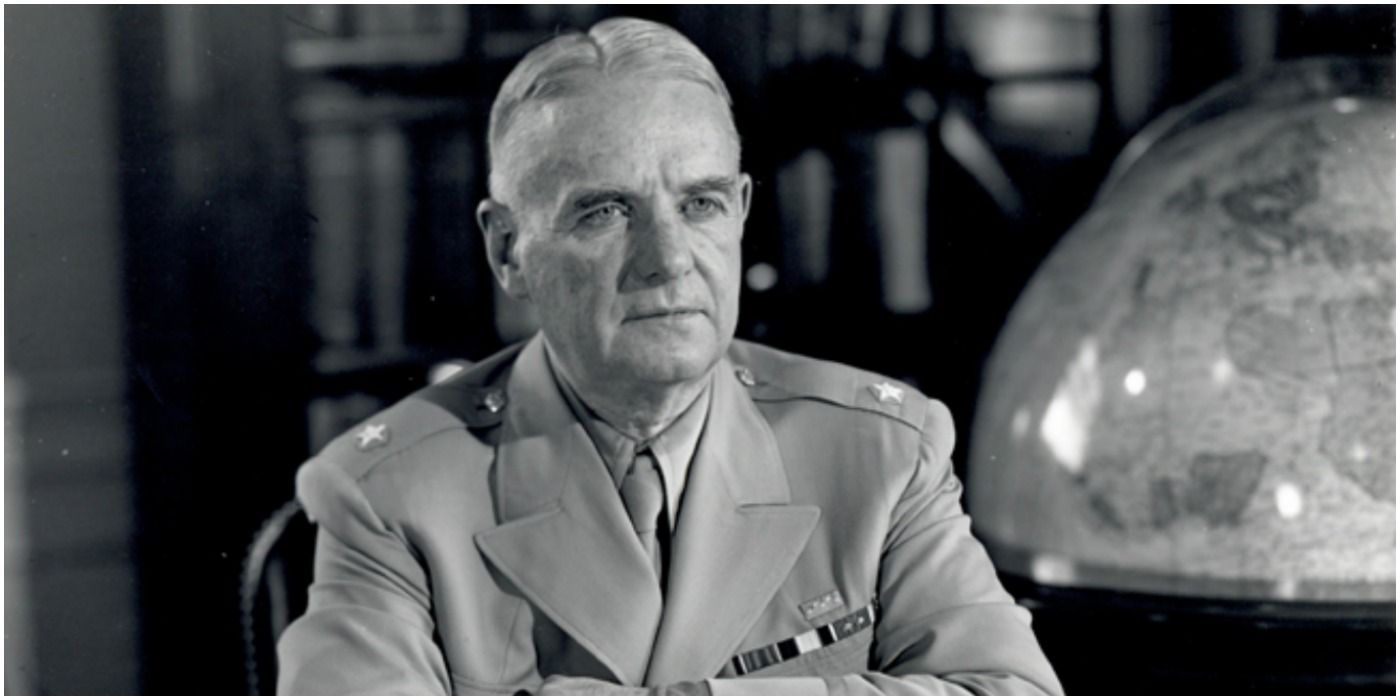
In the film series, the kids and their parents work for the OSS (The Organization of Super Spies). There actually really was an OSS (Office of Strategic Services) in the United States military branch which operated during WWII and acted as a predecessor to the current CIA. This agency was formed to covertly conduct espionage activities behind enemy lines and gather intel during the war.
RELATED: 10 Great Stealth Games To Play That Aren't Hitman
The OSS, much like the version in Spy Kids, used some radical gadgets such as explosives disguised as coal and flour, playing cards with secret maps, cameras hidden in matchboxes, and tasteless poison tablets.
7 George Clooney As President?
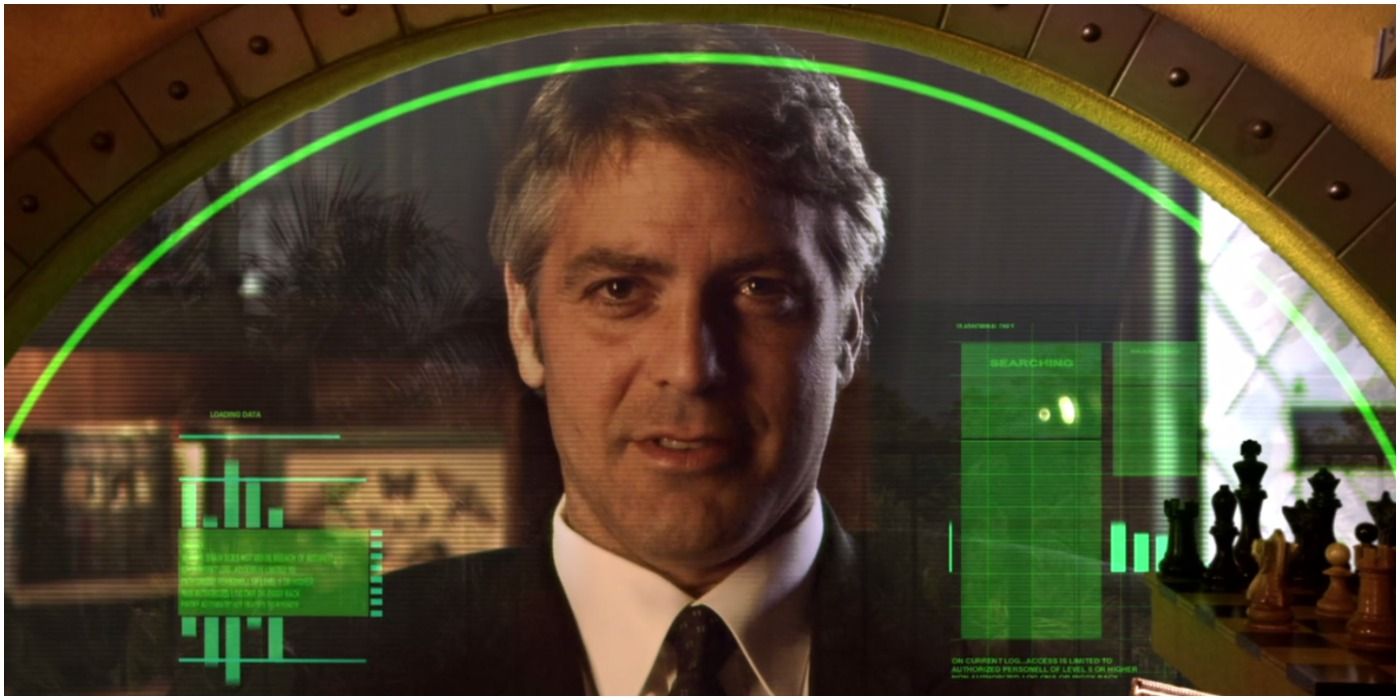
Spy Kids is well-known for featuring fun cameos, from Selena Gomez to Steve Buscemi. Perhaps one of the stranger and more overlooked cameos is George Clooney as Devlin, the head of the OSS who later becomes President of the United States in the third film. Allegedly, Clooney was wearing pajama pants when his scenes were shot, which might be why he only appears as a talking head on the monitor.
6 Origin Of The Thumb Thumbs
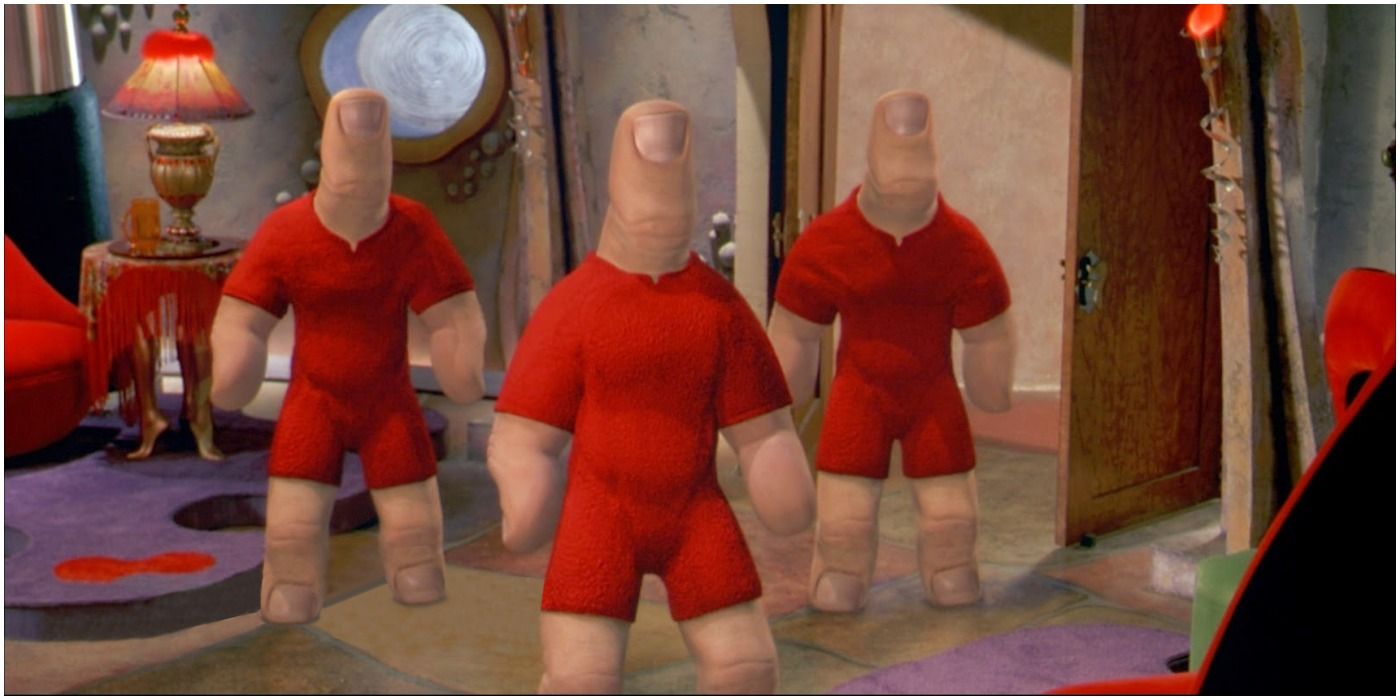
A serious contender for the weirdest henchmen ever, the Thumb Thumbs are the memorable "all-digit" thumb people from the first film who terrorize Carmen and Juni. Despite being designed as pure nightmare-fuel antagonists, the Thumb Thumbs actually have a rather harmless origin story as Robert Rodriguez has described them as something he created when he was a kid and brought back years later to be the infamous bumbling baddies of the first movie.
5 Machete Unchained
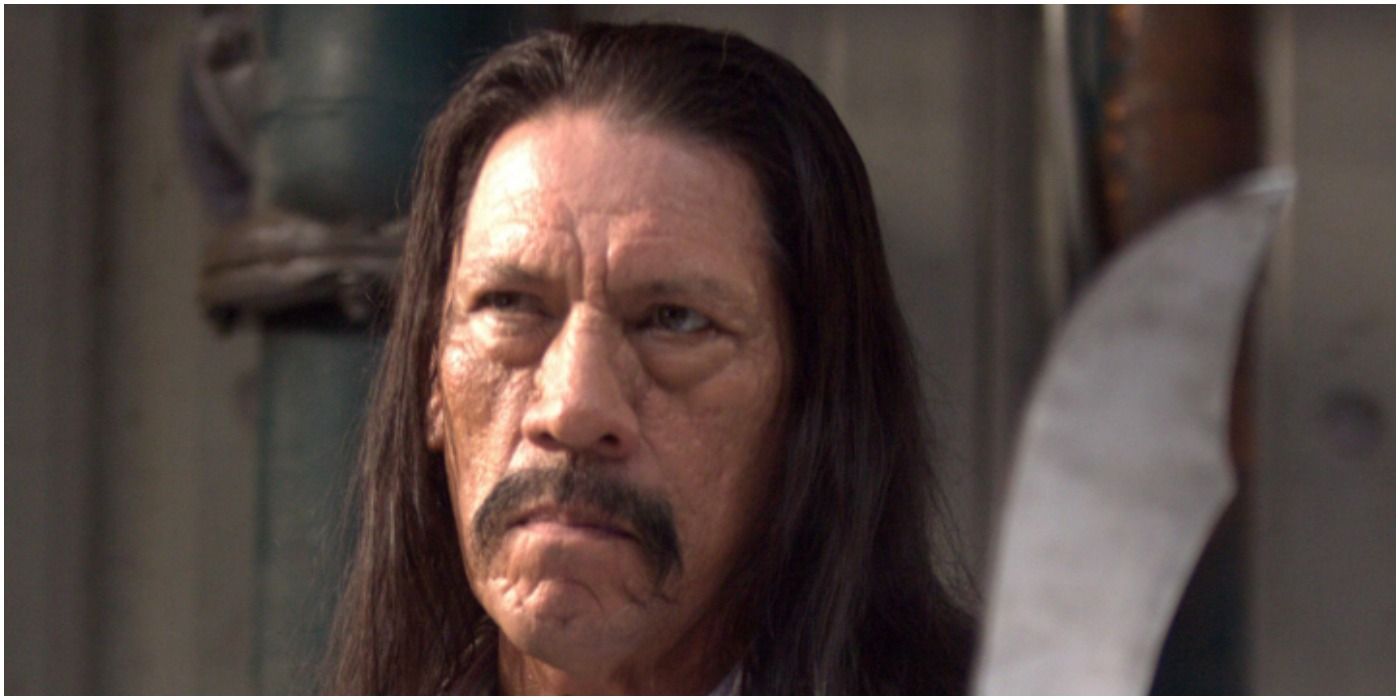
Perhaps the most iconic character from the Spy Kids series isn't even a kid at all. Machete, played by Danny Trejo, is the renegade uncle of Carmen and Juni who assists them in the films through his cool high-tech gadgets and machete-wielding abilities. Since his scenes in the franchise don't get too in-depth, Robert Rodriguez decided he needed his own story, resulting in two action-filled Machete films. The character has appeared in a faux trailer from Rodriguez's film with Quentin Tarantino, Grindhouse, and even in a Snickers commercial.
4 Spy Kids 4D Featured An Aroma-Scope
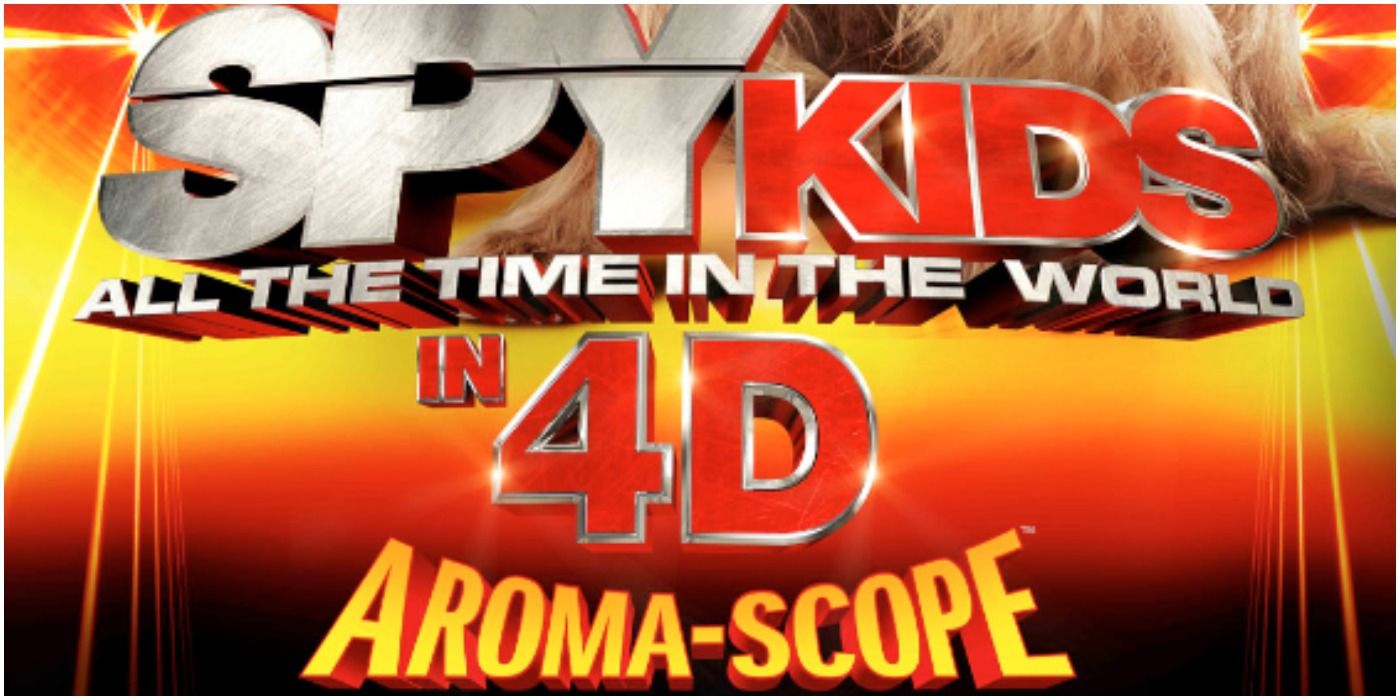
One of the more fascinating gimmicks in modern major movie releases is the inclusion of an Aroma-Scope scratch and sniff card in Spy Kids 4D: All the Time in the World that allowed viewers to smell certain odors from the film. This additional element was only featured in this film and added the "4D" element to the movie, in some ways one-upping the 3D component of the third film.
3 Robert Rodriguez Edited The Film In His "Garage"
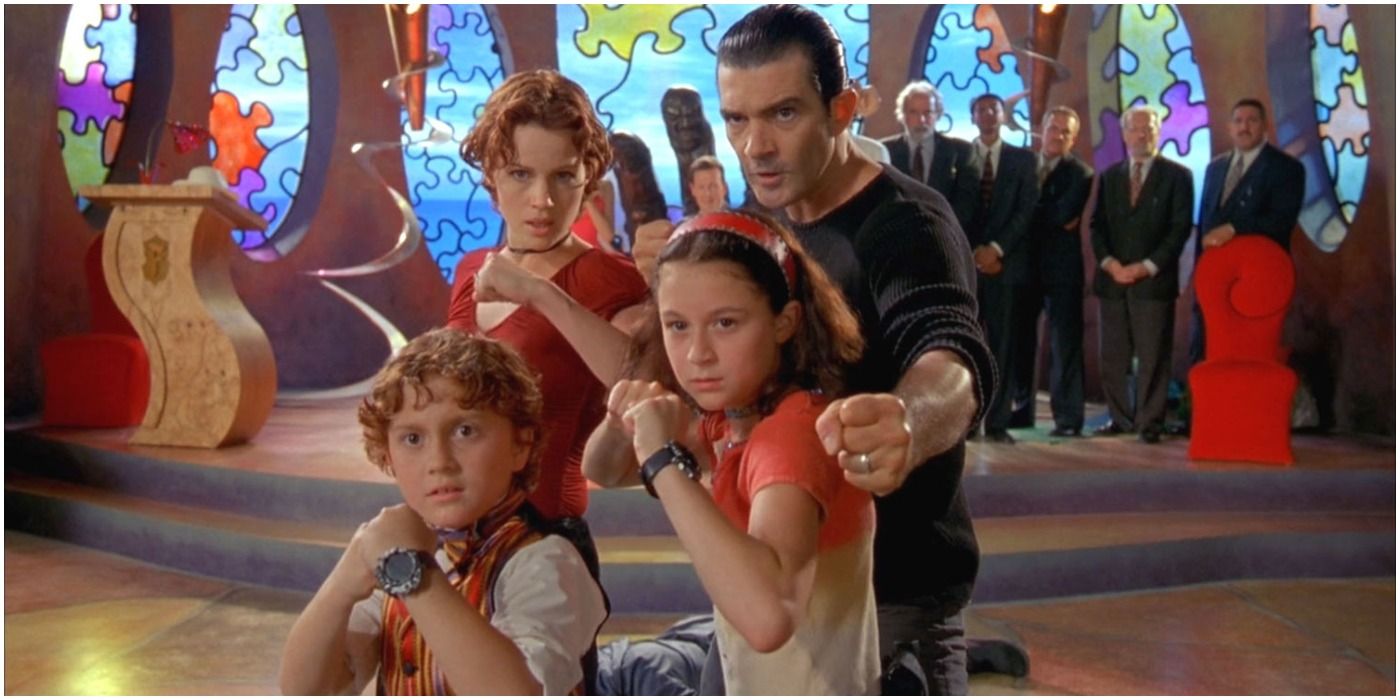
Robert Rodriguez is known for more than just being a hands-on director, often performing duties as a writer, editor, and producer. He edited the first three Spy Kids films himself and has used his own garage as an editing space, which is designed more like a professional studio than most people's garages.
RELATED: 10 Notable Games Famous Movie Directors Worked On
Rodriguez proves time and time again that his dedication to his films goes far beyond just being an on-set director.
2 A Familiar Easter Egg
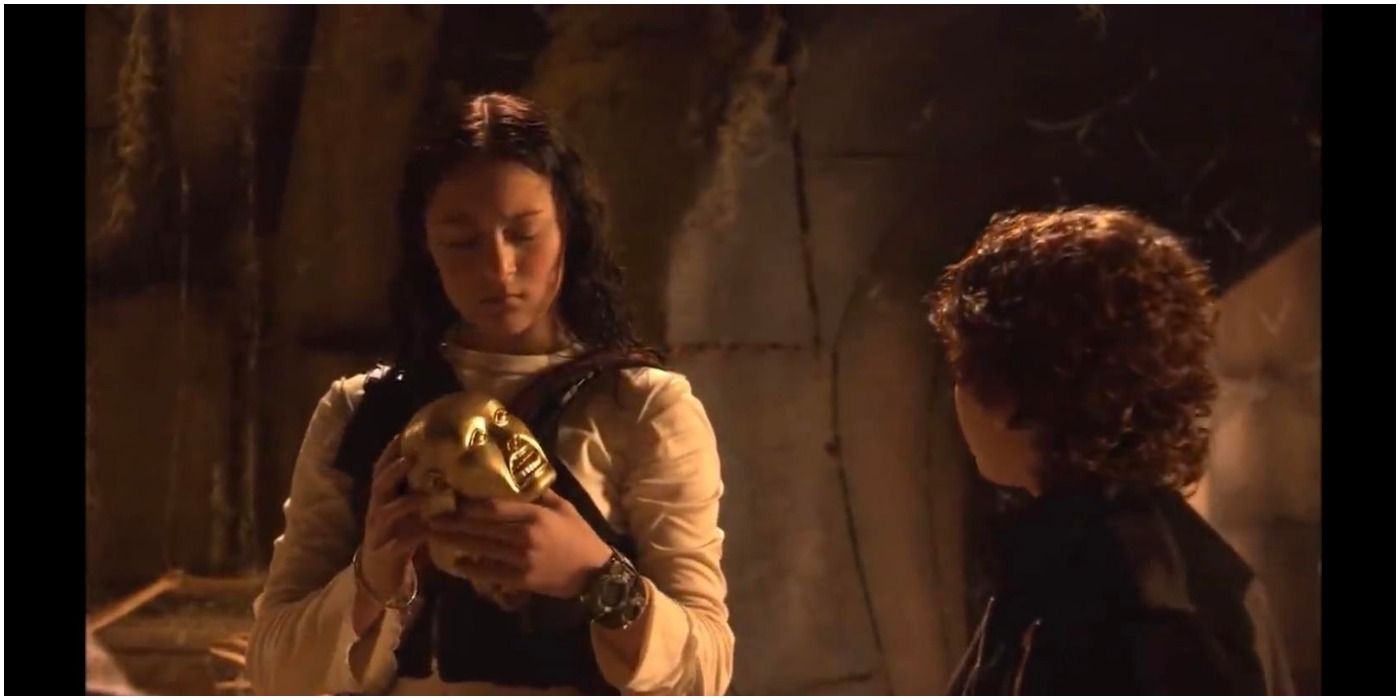
Fans with good eyes may have caught this fun Easter egg in the second film, although it is truly one of those "blink and you'll miss it" moments. When going through the treasure room, Carmen briefly picks up a rather distinct golden idol that film buffs will recognize as the same iconic idol that Harrison Ford swipes in the beginning of Indiana Jones: Raiders of the Lost Ark. It's a fun nod to another classic film series and a homage to the magic of the movies. One has to wonder just how the gold idol made its way from Indy's hands into the palms of a couple of spy kids.
1 Spy Kids 2 Was One Of The First Major Motion Pictures Entirely Filmed Digitally
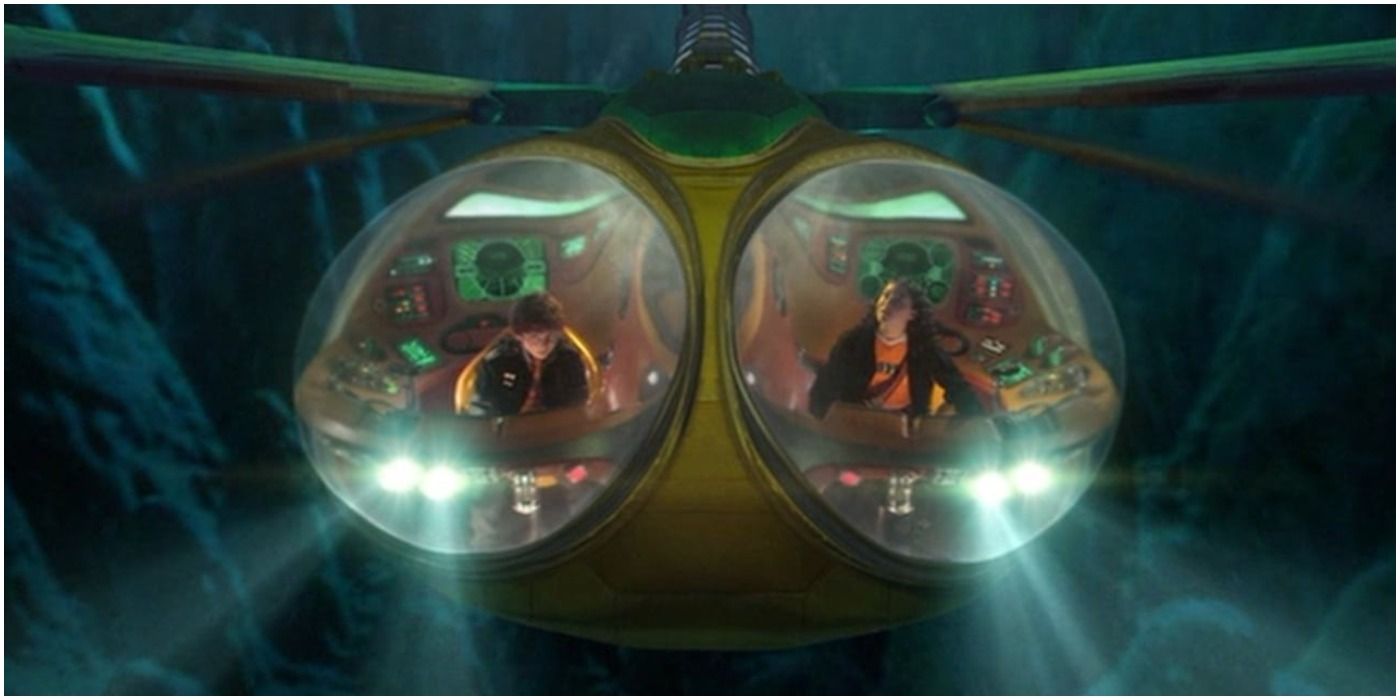
Inspired by seeing George Lucas shoot with digital film for Star Wars: Episode II - Attack of the Clones, Robert Rodriguez decided to shoot the second Spy Kids movie entirely on HD digital video. While this wasn't the very first time a movie had been shot digitally, it did mark one of the first times a major release used such technology. Since then digital film has become much more widely used among filmmakers.

